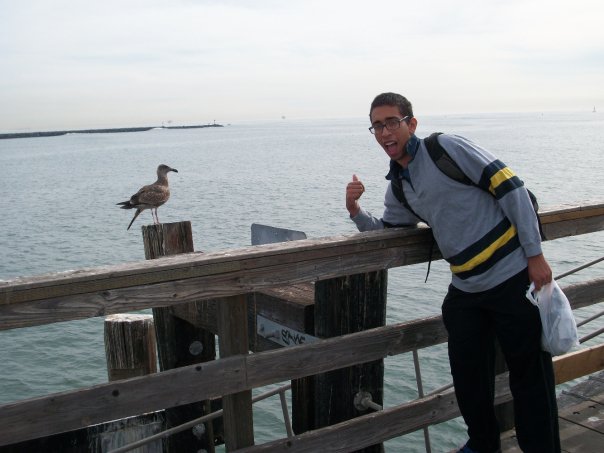I was shocked to learn the details of how children cope with being child soldiers. Many of the documentaries I have watched in the past have shown how children love the opportunity to fight in Child armies. “Children consistently sleep in the bus depot to avoid be abducted by the LRA” (Invisible Children 2003). The politics of fear are being spread by throughout Africa and this method of control is highly effective. The politics of fear allow for the general population to be scared of the rebels and this fear renders many other problems within Africa from being addressed. Residents are so understandably consumed with fear of the military regimes that community building, education etc. is ignored. The fear of capture allows creates psychological damage to the children which could stifle their development.
The African Civil War has been being waged for an extensive amount of time. “The African civil war has been being waged for 23 years” (The Rescue of Joseph Kony's child Soldiers, 2008). I believe that many other first-world countries should focus are efforts of promoting diplomacy within this region. This civil war is what allows the opportunity for children to become child soldiers in the first place. The civil has broken the societal structure and the country cannot advance technologically. Also, this civil war has become a breeding ground for other human rights violations such as genocide and child prostitution. I believe that the crimes occurring in Africa could be solved by American intervention. American intervention does not occur because it does not seem feasible for America to get involved with Africa’s problems. However, American intervention could provide many benefits to America. By instituting new methods to combat child trafficking and prostitution, we could help African children while also learning if these methods are effective. Once the methods become effective, we could take these methods and institute them in America.
When I was a child all I had to worry about was homework and my mother making me clean my room. The horrific crimes that child soldiers face are unbearable. What makes matters worse is that the majority of the American population does not care. I believe that almost Americans are somewhat aware of the crimes that are being committed overseas. However, because there is a lack of interest in the plight of other countries many media outlets do not report these crimes. “States shall refrain from recruiting any person who has not attained the age of fifteen years into their armed forces.” (UNICEF, 1989). These kinds of regulations can paint a bright picture for future countries in turmoil. I believe that we need to continue to raise awareness for war-torn countries such as Africa. Also, I believe that awareness and lobby groups need to discover ways to relate the plight of African child soldiers to the Average American. Americans will only start caring about the problems of Africans if they can relate or believe that the problems of Africa will affect them. If Americans start to care about the plight of child soldiers, a quicker resolution will be found to the problem because Americans can provide a greater number of resources.
Another element of this that deeply affected me was the methods that children are controlled. The early exposure to violence desensitizes the African children to the horrors that they are experiencing. When these child soldiers are rescued, it is often very difficult to reintegrate them back into society. The pictures and images they were constructing were heart breaking to view. Many adult soldiers have trouble reintegrating back into society after war, so I can only imagine how much difficulty a child soldiers endures since their mind is still developing. Even when these child soldiers are extracted, they live under the fear that they will be recaptured. I believe this constant fear prohibits them from fully recovering. In order to allow full recovery, we As Americans should set up programs for these child soldiers to flee their country and rebuild their lives without the looming fear and pressure of being recaptured.
Works Cited
Convention on the Rights of the Child, UNICEF, 1989, http://www2.ohchr.org/english/law/crc.htm
Russel, J, Bailey, B. & Poole, L. (Creators). (2006, April 7) Invisible Children [Google video]. Retrieved April 18, 2011 from http://video.google.com/videoplay?docid=3166797753930210643
Russel, J, Bailey, B. & Poole, L. (Creators). (2008, April 25) The Rescue of Joseph Kony's child Soldiers [online video]. Retrieved April 18, 2011 from http://vimeo.com/3400420








